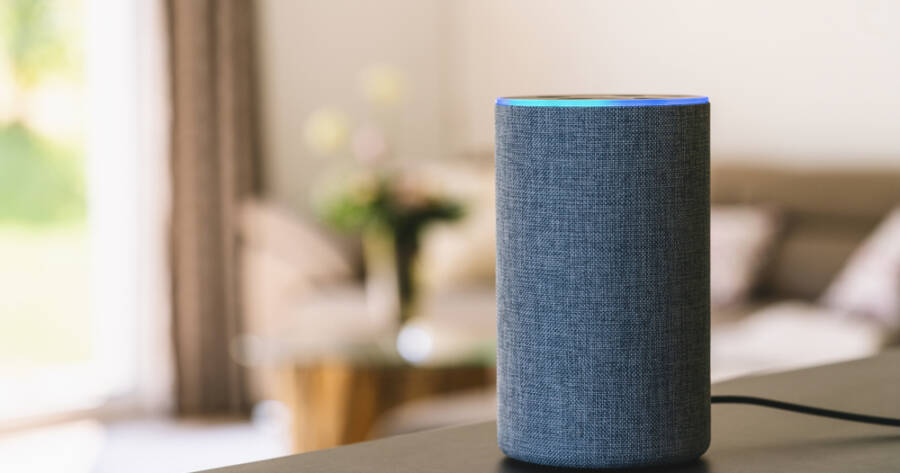Building a smart home doesn’t have to be expensive or complicated. Thanks to rapid advancements in technology and a growing range of affordable devices, you can create a connected, convenient, and energy-efficient home without breaking the bank. Whether you want better security, greater energy savings, or just the ability to control your lights from your phone, starting small and building over time is the key. Discover how to create a smart home that fits your lifestyle and your budget.
1. Start with a Smart Speaker or Hub
At the heart of most smart homes is a smart speaker or hub. Devices like Amazon Echo, Google Nest Mini, or Apple HomePod Mini act as the command center for all your connected gadgets.
With a smart speaker, you can:
- Control compatible devices with voice commands.
- Set routines (like turning off all lights at bedtime).
- Get weather updates, play music, set reminders, and more.
Pro Tip:
Choose a platform (Amazon Alexa, Google Assistant, or Apple HomeKit) and stick with it to ensure all your devices work seamlessly together.
2. Upgrade Your Lighting
Smart lighting is one of the easiest — and most affordable — ways to start automating your home. Options range from simple plug-in smart bulbs to more elaborate switches and dimmers.
Popular budget-friendly options include:
- Smart Bulbs: Replace regular bulbs with Wi-Fi-enabled ones that you can control with your voice or an app. Brands like Wyze, TP-Link, and Sengled offer excellent low-cost options.
- Smart Plugs: Control traditional lamps by plugging them into a smart plug and scheduling on/off times.
Pro Tip:
Start with one or two rooms, such as your bedroom and living room, and expand gradually.
3. Improve Home Security Affordably
Home security no longer requires expensive contracts or professional installation. There are plenty of affordable DIY smart security options:
- Smart Cameras: Indoor and outdoor cameras from Wyze, Blink, and Eufy offer reliable monitoring.
- Video Doorbells: Devices like the Blink Video Doorbell or Wyze Video Doorbell provide security and convenience without high costs.
- Smart Locks: Budget-friendly smart locks, such as those from August or Wyze, let you control access to your home remotely.
Pro Tip:
Look for cameras and locks that integrate with your existing smart assistant for easy control and alerts.
4. Smart Thermostats Save Big Over Time
Installing a smart thermostat is one of the best ways to save money long-term. Models like the Google Nest Thermostat (budget version) and the ecobee3 Lite let you control your heating and cooling remotely, set schedules, and learn your habits to optimize energy use.
Many smart thermostats qualify for energy rebates through utility companies, lowering your upfront cost even further.
Pro Tip:
Check if your home’s wiring is compatible with your chosen smart thermostat before purchasing.
5. Expand with Smart Sensors and Extras
Once the basics are in place, you can add extra smart features depending on your needs:
- Motion Sensors: Automate lights or get alerts if unexpected movement is detected.
- Water Leak Detectors: Affordable devices that alert you to leaks before they cause costly damage.
- Smart Plugs and Power Strips: Turn small appliances into smart devices for under $25.
These smaller additions help you fine-tune your smart home’s functionality over time without spending a lot upfront.
Smart and Savvy Upgrades
Creating a smart home on a budget is entirely possible with a little planning and prioritization. Start with a smart hub or speaker, focus on high-impact areas like lighting and security, and expand as your needs and budget allow. By mixing DIY installation with affordable devices, you can enjoy all the benefits of a smart home — convenience, security, and energy savings — without overspending.

